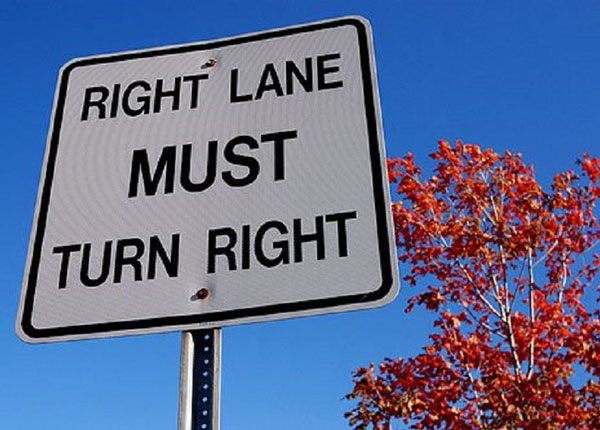
Headlight Flashing: What Does It Mean and When Should You Do It
Updated Sept. 30, 2019While the primary function of your headlights is to improve visibility and allow other drivers to see you at night, or during foggy, rainy or snowy conditions, they also serve as a fantastic communication tool. Drivers commonly flash their headlights to attract the attention of other motorists for a variety of reasons. However, most official state driving manuals recommend flashing your headlights only to notify other drivers that their high-beams are on as they approach you from the opposite direction. Leaving your high-beams on can temporarily blind other drivers and cause a collision.
When should you flash your headlights?
Your state driver’s handbook will likely tell you that the only appropriate time to flash your headlights at other drivers is to warn them that their high-beams are blinding you. If a vehicle approaches you with their high-beams on, you should signal to them using the following steps:
-
1

Flash your headlights quickly, three to five times
-
2

If the other driver does not dim their headlights, you should dip your gaze to the right side of the street to avoid being blinded
As frustrating as it may be if the other driver does not respond to your signal by dimming their headlights, you must not raise your own high-beams in retaliation. You will only endanger yourself and other road users with this reaction. Instead, be smart and avert your eyes to the right-hand side of the road until the driver has passed you.
The driver’s guidelines in some states also ask that you flash your headlights when preparing to pass another motorist at night (or sound your horn during the day), to notify them of your intention. This is not the case everywhere so be sure to check your own handbook for details.
Why are other drivers flashing their headlights at me?
If another driver has flashed their headlights at you while you are driving at night, it is likely because your own high beams are on when they should not be. This is almost a certainty if several drivers have signaled you in this way. Check that your low-beam headlights are on and that the high-beam indicator is not active.
When drivers continue to flash their headlights at you even when you are certain your high beams are off, it could be that they are warning you of an alignment issue with your headlights. It would be wise to get your headlights checked out with a qualified mechanic at the next opportunity.
Though it is considered to be bad practice, some drivers will flash their headlights at you when approaching your vehicle from the rear, to indicate that they wish you to speed up or move over. If another motorist is tailgating you while flashing their headlights, this is probably the reason. While this can be quite intimidating, you should move over ONLY if you may do so safely. DO NOT speed up in response to a tailgating driver and do not retaliate once they have passed you.
Flashing headlights to warn about police
Many well-meaning drivers will flash their headlights to warn other motorists of a police presence or speed cameras on the road. Depending on where you live, you may be breaking the law by flashing your headlights at drivers who are approaching a parked police vehicle or a speed trap.
In Pennsylvania for instance, this practice is illegal. However, in Tennessee and Oregon, headlight flashing to warn other drivers of speed traps is legal and protected as an expression of free speech. Check your state’s driving manual to find out if using headlight signaling in this way is illegal.




